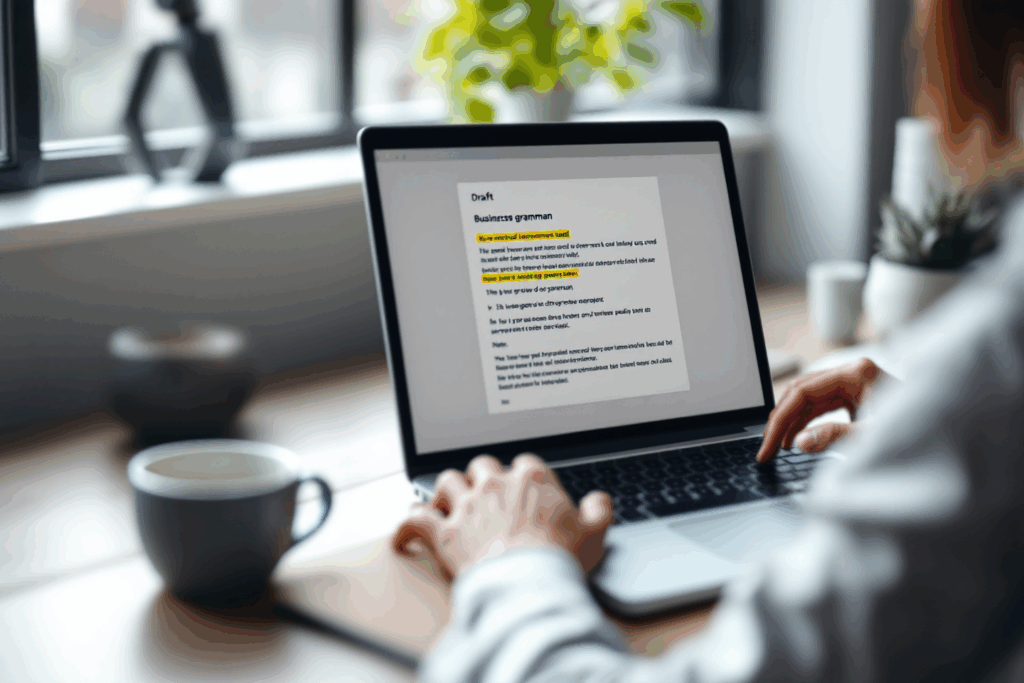
Present Simple Tense 1
English Blogs “Let’s Learn, Explore, and Connect to the World” Present Simple Tense 1 I. Introduction to the Present Simple Tense in English Mastering the



Mastering the Present Perfect Simple tense also involves understanding how to effectively form questions and negatives, which are integral to nuanced English communication.
To ask questions in the Present Perfect Simple, the auxiliary verbs ‘has’ or ‘have’ are placed before the subject, followed by the past participle of the main verb.
Examples:

Have you finished your report?

Has she traveled to Australia?
These questions are particularly useful for inquiring about someone’s experiences, completed actions, or changes up to the present.
This structure is used for both yes/no questions and ‘wh-‘ questions (what, when, where, why, who, how).
Examples:

What have you accomplished this week?

How has the situation changed recently?
Negative sentences in the Present Perfect Simple are formed by adding ‘not’ after ‘has’ or ‘have‘. The contracted forms (‘hasn’t’, ‘haven’t’) are commonly used in spoken and informal English.
Examples:

I haven’t seen that movie yet.

He hasn’t completed the assignment.
Verb Form: A common error is using the wrong verb form. Always use the past participle after ‘has/have’.
Time Specificity: Avoid using the Present Perfect Simple with specific time references like ‘yesterday’ or ‘last year’. This tense is for actions without a specified time or for actions affecting the present.
 Effectively forming questions and negatives in the Present Perfect Simple is crucial for asking about experiences, discussing completed actions, and describing ongoing effects. Understanding these structures adds depth and versatility to your English communication, particularly in expressing actions and experiences relevant to the present.
Effectively forming questions and negatives in the Present Perfect Simple is crucial for asking about experiences, discussing completed actions, and describing ongoing effects. Understanding these structures adds depth and versatility to your English communication, particularly in expressing actions and experiences relevant to the present.

English Blogs “Let’s Learn, Explore, and Connect to the World” Present Simple Tense 1 I. Introduction to the Present Simple Tense in English Mastering the

English Blogs “Let’s Learn, Explore, and Connect to the World” Present Simple Tense 2 II. Understanding the Present Simple Tense Definition and Structure At its

“English Article Collection: Understanding Business and Social Media Today” is your gateway to mastering this dynamic world. This meticulously curated compilation is more than just a book; it’s a journey through the realms of business awareness and social media savvy, presented in a language that speaks to beginners and experts alike.



